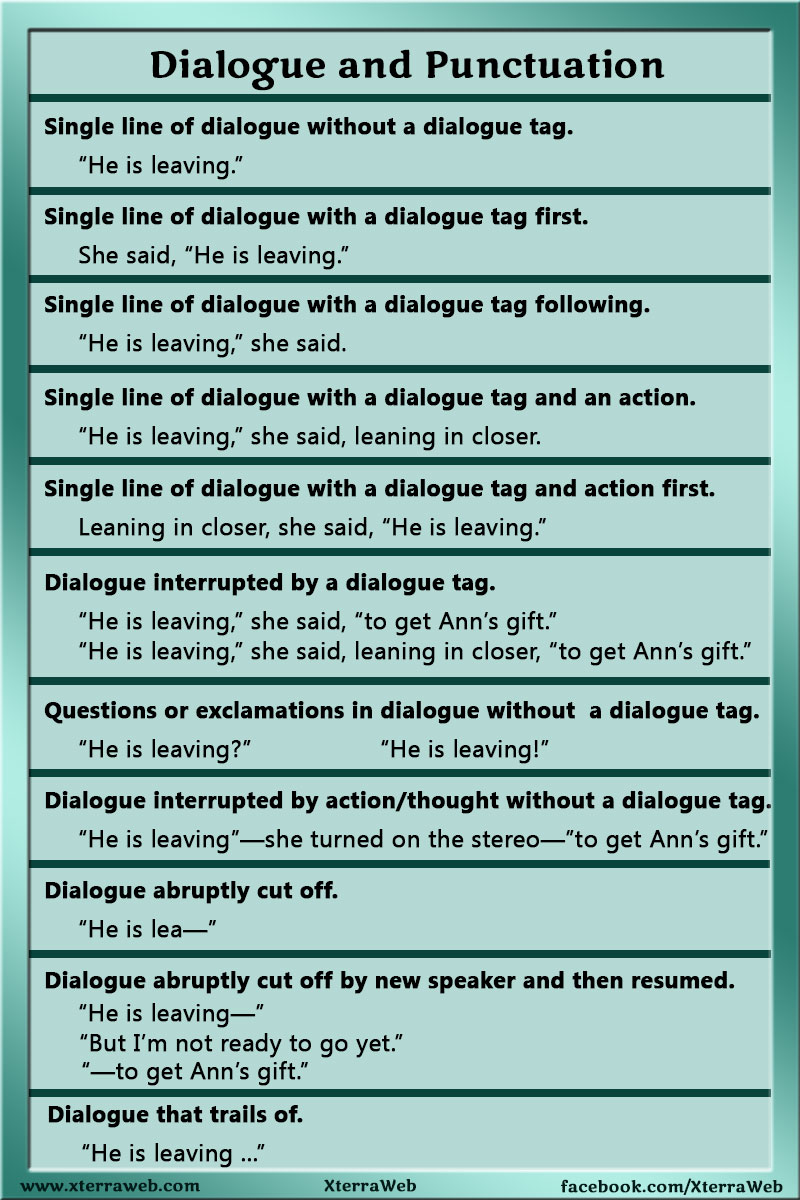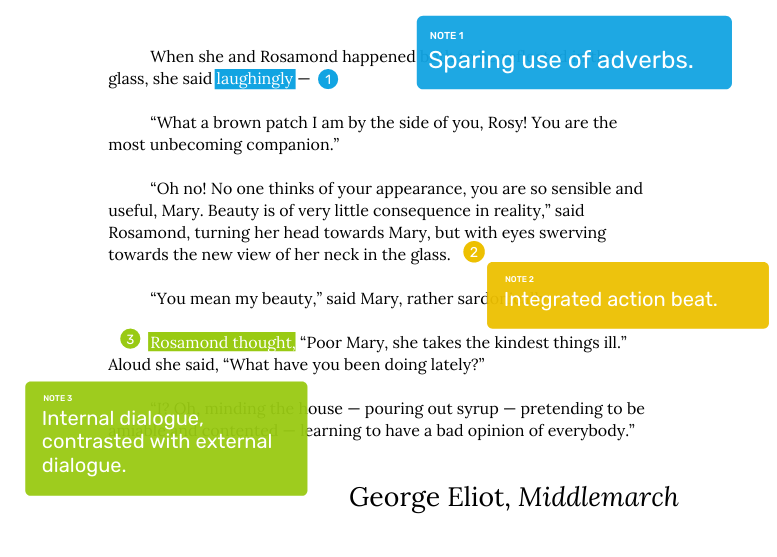
Great dialogue shouldnt need more than a few dialogue tags. People fiddle with their silverware, look out windows, wiggle their eyebrows, fidget–and all of those little movements can convey so much more than a pause (nerves, joking, lost in thought, you name it). It’s obvious who’s talking in the third and fourth sentences without using dialogue tags. There are lots of other action beats you can use, too, when you need a pause. Much better! It’s now punctuated correctly, and that pause is built right in. “With any luck,” Anne said and crossed her fingers, “we’ll get there on time.” But, more importantly, that “paused” is wholly unnecessary. you need either a dialog tag (said or similar) or you need ellipses, or some other workaround if you want to use commas). While dialogue tags can be necessary, newbie writers tend to make these glaring mistakes: Over-tagging (this is a big pet peeve of mine) Using adverbs in the dialogue tag Not varying the tags Take a look at this example from a narrative I wroteedited to show bad dialogue tags. “With any luck,” Anne paused and crossed her fingers, “we’ll get there on time.”įirstly – we can’t punctuate an action beat as a dialog tag (i.e. Because of this, there really isn’t a need to put “he paused” in your dialog. What do I mean by this? Basically this: if we’re reading dialog and the character stops speaking and does something, or even if there’s just a tag, then we, the reader, have paused when reading the dialog.


Write more effectively with the help of our list of different examples. If you use an action beat or a dialog tag, you have inserted a “natural pause” into your dialog. A parallel structure example can help you properly understand the usage of one. Conjunction exercises allow you to see they’re necessary to create complex and compound sentences and to join multiple ideas together.

Using “paused” as an action beat seems a little like an oxymoron, but I digress.


 0 kommentar(er)
0 kommentar(er)
